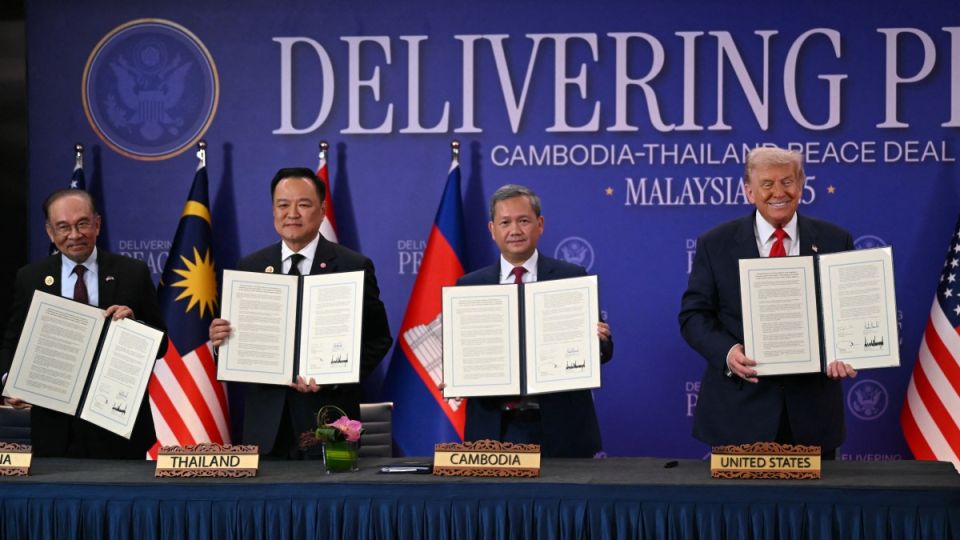October 30, 2025
BANGKOK – Maj Gen Winthai Suvaree, spokesperson for the Royal Thai Army, addressed concerns raised by the public regarding the release of prisoners of war on Wednesday (October 29), at the Army Headquarters. This follows discussions between Thailand and Cambodia during the ASEAN Summit held in Kuala Lumpur, Malaysia, on October 26, 2025.
Winthai stated that the decision to release prisoners of war by Thailand follows international conventions and laws, taking into account the history of hostility between the two nations. There must be a clear reduction in tensions, achieved through the implementation of the four key agreements already agreed upon by both countries: the withdrawal of heavy weapons from the border area, landmine clearance, combat transnational crime syndicates, and border area management.
Currently, both countries have begun developing an action plan within a set timeline, with some actions already in progress. For example, on October 26, 2025, both countries moved tanks away from the border area. While this was a symbolic gesture aligning with the ASEAN summit outcomes, it marks the beginning of the implementation of the agreement.
On October 28, 2025, a meeting was held between the 2nd Army Area of Thailand and Cambodia’s 4th Military Region to further detail the steps for adjusting forces and withdrawing heavy weapons from the border area. The meeting also set a timeline for the systematic implementation of these steps.
Regarding landmine clearance, Thailand proposed 13 initial areas for demining, covering operational zones in the 1st Army Area, 2nd Army Area, and the Chanthaburi–Trat Border Defence Command. Currently, operations have begun in four areas, with plans to expand to others, particularly in border posts 42–47. Once these areas are cleared, the process of demarcating temporary boundary markers and verifying land ownership rights will take place, enabling safe use of the land by local communities.
As for combating transnational crime syndicates and scammers, the Thai government has tasked the Royal Thai Police and the Ministry of the Interior with coordinating efforts. This includes sharing target information with Cambodian authorities and forming a joint task force to continuously address the issue.
Moving forward, Thailand will monitor the progress of these efforts through the Joint Boundary Commission (JBC), General Border Committee (GBC), and Regional Border Committee (RBC) meetings. Should the agreed actions fail to yield tangible results, the Thai Army may consider additional legal and international measures to uphold Thailand’s sovereignty and national interests.


